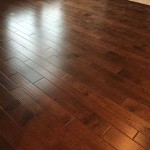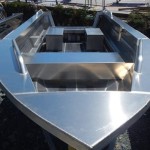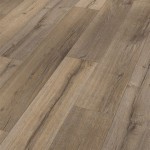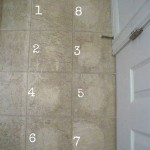Essential Aspects of Laying Underlay for Engineered Wood Flooring
Laying underlay beneath engineered wood flooring is crucial for ensuring its longevity, performance, and comfort. Here are essential aspects to consider when selecting and installing underlay:
Type of Underlay
Various types of underlay are available, each with unique properties:
- Foam: Resilient and sound-absorbing, suitable for reducing noise and providing comfort.
- Cork: Natural, sustainable, and moisture-resistant.
- Rubber: Durable, moisture-resistant, and offers excellent soundproofing.
- Plywood: Provides a stable base, suitable for high-traffic areas.
Thickness
Underlay thickness determines its cushioning and soundproofing capabilities. Thicker underlay provides greater comfort underfoot and reduces noise transmission, but may require taller baseboards or moldings to accommodate the increased floor height.
Moisture Barrier
Some underlays incorporate a moisture barrier, protecting the flooring from moisture penetration. This is especially important in areas prone to humidity or potential spills.
Compatibility
Ensure the underlay is compatible with your engineered wood flooring. Some underlays are specifically designed for engineered wood, while others may void the flooring warranty if used.
Installation
Proper installation is essential for the performance of the underlay and flooring. Here's a general installation guide:
- Prepare the subfloor by cleaning and leveling it.
- Roll out the underlay over the subfloor and overlap the seams.
- Secure the underlay with tape or adhesive.
- Lay the engineered wood flooring over the underlay.
Benefits of Underlay
- Reduces Noise: Absorbs impact and sound, creating a quieter living space.
- Provides Comfort: Cushions the floor, making it more comfortable to walk on.
- Protects Flooring: Prevents moisture damage and wear by acting as a barrier between the subfloor and flooring.
- Extends Floor Life: Reduces stress on the flooring, prolonging its lifespan.
- Improves Heating Efficiency: Can provide thermal insulation, reducing heat loss and energy costs.
Conclusion
Laying underlay for engineered wood flooring is a crucial step that ensures optimal performance, comfort, and longevity. By considering the type, thickness, compatibility, moisture barrier, and proper installation, you can enhance the quality and enjoy the benefits of your new flooring for years to come.

Wood Flooring Over Underlay Unique Bespoke

Underlay For Wood Laminate And Other Hard Flooring Direct

Does Wood Flooring Need Underlay Greyspace

Underlayment Buyer S Guide

Hardwood Floor Underlayment Ultimate Guide

Flooring Underlay Wood Floor Direct

Engineered Wood Floor Laying Flooring Installation Method

What To Know Before Flooring Underlayment

Diy Laying Engineered Oak Parquet Flooring Swoon Worthy

Hardwood Floor Underlayment Options From The Forest Llc
Related Posts








